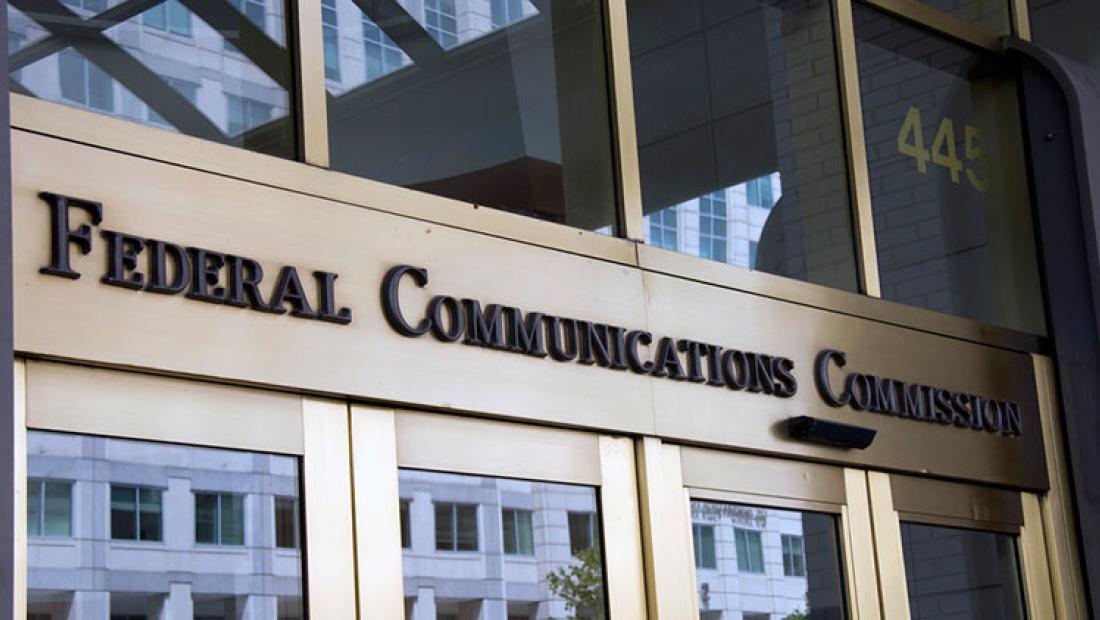FCC Tracks TV Repack in New Budget

The FCC’S new budget, submitted as part of the Trump Administration’s larger spending proposal, provides some insight into the immediate and long-term futures of the broadcasting industry. It is a reminder of just how fast the TV business is moving toward its new post-incentive auction landscape and includes the return of a proposal to levy billions in new fees on broadcasters and other licensed spectrum holders. That includes multichannel video programming distributors and satellite operators.
This October will mark the midpoint of the 39 months the FCC has given broadcasters to move channels in the post-auction repack. Stations in phase one of the 10-phase move will have to be on their new channels as of Nov. 30, 2018, which for those who haven’t been keeping track is now less than nine months away.
Here are some takeaways on the financial side of the repack.
Money Matters
The FCC has only allocated $1 billion of the $1.75 billion fund to compensate broadcasters (and some pay TV distributors). Commercial broadcasters so far are getting an allotment of about 52% of their estimated costs as verified by the FCC, and noncommercial stations are getting 62% — given their often more-pressing need for up-front cash.
The rest of the money will be handed out in at least one and perhaps more allocations over the 39 months, plus a final “true-up” allocation if necessary.
The $1.75 billion is not expected to be enough, but a bill has just passed the House Energy & Commerce committee to boost the fund, as well as to include radio stations co-located with TV stations having to move, and for low-power TVs and translators, the latter which relay full-power signals to hard-to-reach areas.
Broadcasting & Cable Newsletter
The smarter way to stay on top of broadcasting and cable industry. Sign up below
According to the bill, the money will be freed up when the FCC certifies to the Treasury that the current $1.75 billion repack relocation fund will be insufficient, which the agency has signaled is already the case, and certifies to the Congress that the money is necessary to reimburse “reasonably incurred costs.”
Chance for Second Auction
Low-power TV’s were not protected in the repack, meaning many will have to apply for a new channel and hope they get it. If two stations want the same channel, or spectrum, close enough to each other that the applications are mutually exclusive for reasons of interference, the FCC will give them a chance to work it out — or slug it out — among contenders. If they can’t resolve the issue, the FCC will auction the license for that available channel.
Potentially thousands of LPTVs and translators may have to apply for those alternative channels. They can be knocked off theirs by full-power stations getting repacked, which could lead to a boatload of mini-auctions.
Yet More Moves
Some TV stations will likely be changing channels more than once.
The FCC warned in its budget document that, as it conducts the Rubik’s Cube-like repack of stations into smaller spectrum space and has to account for interference issues among them, some stations, including potentially some full power ones, may have to relocate more than once.
Given that viewers will need to be informed about all the moves, meaning, singles as well as any double jumps (or, Rubik’s Cubes combined with checkers), Congress is also proposing a $50 million education outlay as part of the fund-boosting bill.
New Budget Battle on Horizon
It’s time for broadcasters and other spectrum users to sharpen their budget battle-axes. The FCC’s 2019 budget includes a Groundhog Day-like reprise of user fees.
The White House, backed by the FCC, is once again seeking to impose a new fee on communications providers that would total billions of dollars over the next few years.
The fee is billed as a spectrum management tool, one broadcasters have long feared would be used as a financial lever to pry them off their spectrum and provide even more space, particularly for unlicensed use that incurs no fee.
The proposed costs would be levied on broadcasters, cable operators and satellite providers, and would be in addition to the regulatory fees they already pay to cover the FCC’s cost to regulate them.
User fees have become a line item in FCC budgets, both Republican and Democrat, including Trump’s first budget. But like the president’s attempt to zero out public broadcasting also reprised in the 2019 budget, it was eventually excised.
The National Association of Broadcasters has pushed back before, and will do so again. “Consistent with our position on previous proposed White House budgets, NAB will oppose spectrum fees that imperil the financial underpinnings of local television and the tens of millions of viewers we serve,” NAB spokesman Dennis Wharton said.
If the new fees did make it into law, the FCC estimates they would bring in an additional $4 billion over the next decade. The Trump administration may be looking to use such fees to boost infrastructure reboots.
Contributing editor John Eggerton has been an editor and/or writer on media regulation, legislation and policy for over four decades, including covering the FCC, FTC, Congress, the major media trade associations, and the federal courts. In addition to Multichannel News and Broadcasting + Cable, his work has appeared in Radio World, TV Technology, TV Fax, This Week in Consumer Electronics, Variety and the Encyclopedia Britannica.

